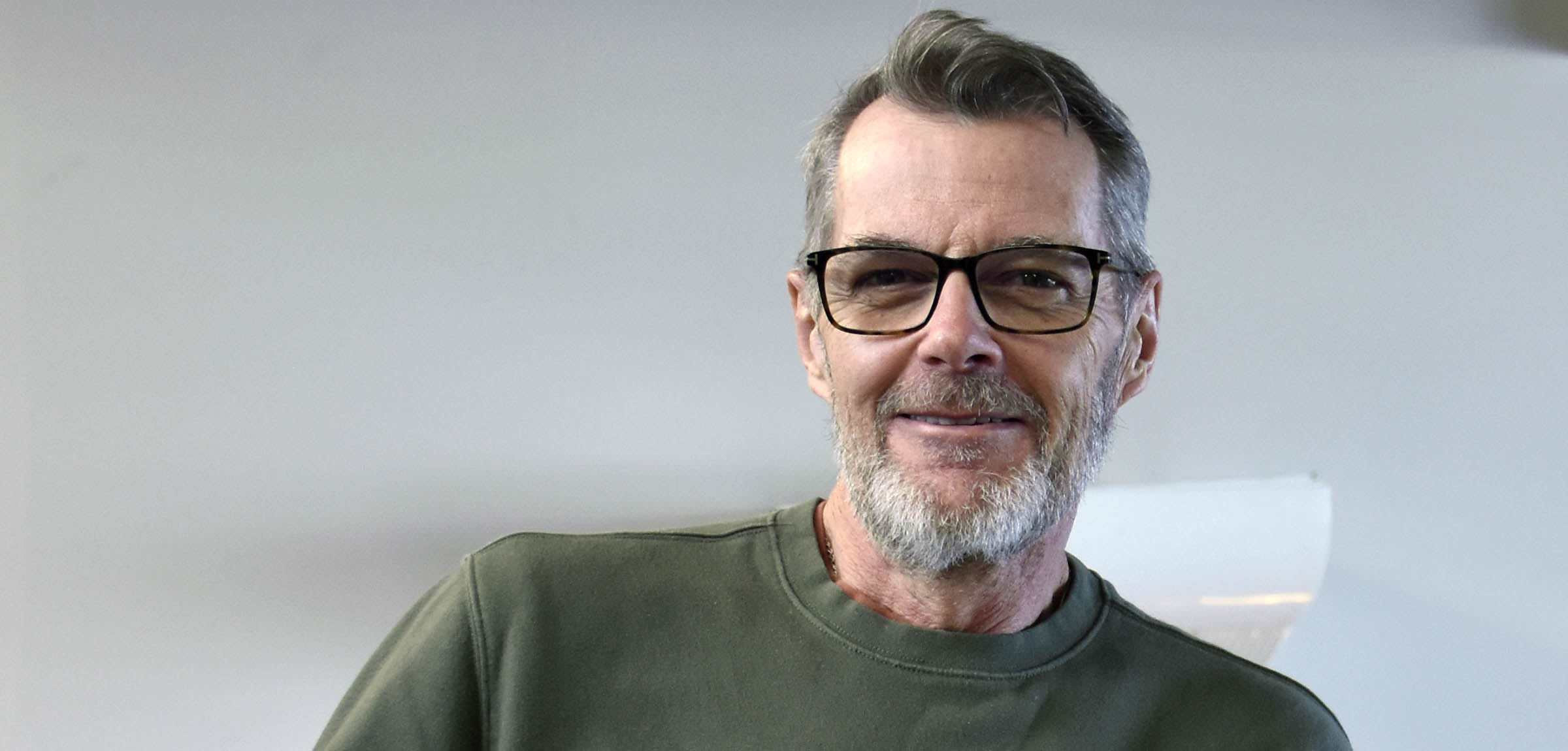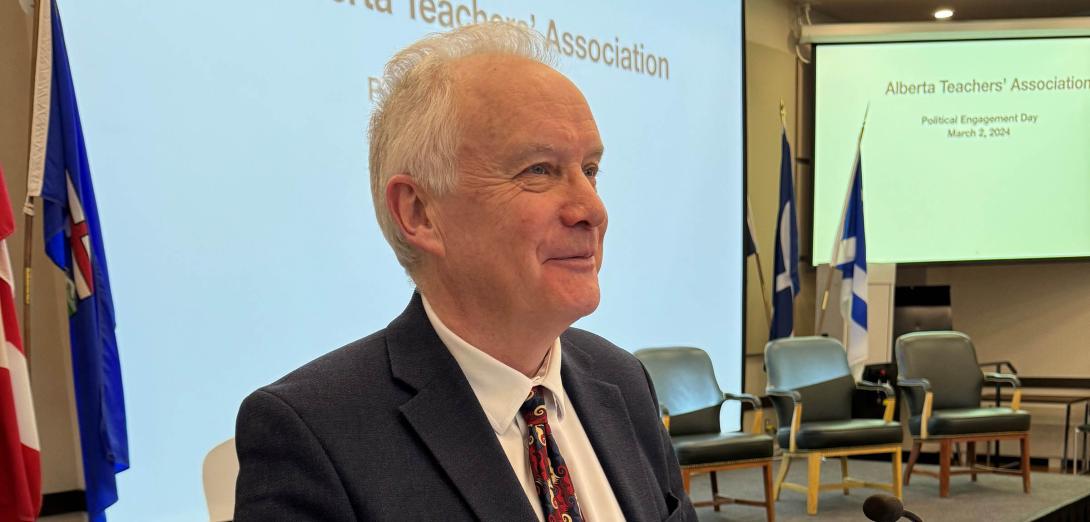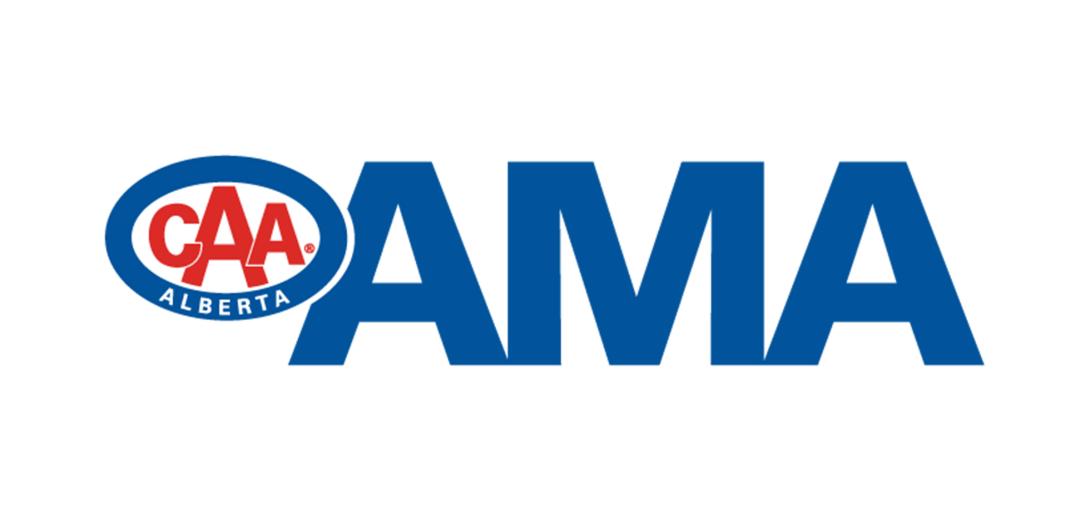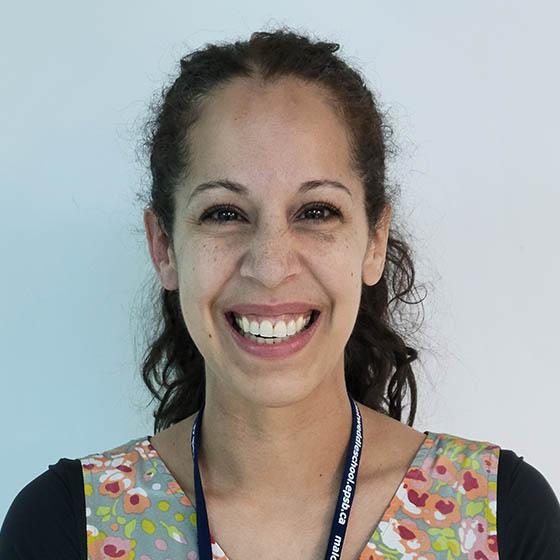A teaching career can lead to a lot of interesting and exciting places, but nothing compares to being in a classroom in front of students.
That realization hit home recently for Mark Swanson, a retired ATA executive whose career has included stops as a school administrator, registrar with Alberta Education and education faculty dean. Retired for a year now, the Edmonton resident has recently taken on a handful of substitute teaching assignments in nearby Leduc. It’s the first time he’s taught students in a classroom since 1995, when he left a high school teaching job to pursue his doctorate.
“It’s changed, but it hasn’t,” Swanson says of teaching.
What hasn’t changed is the fact that students still need a great deal of support from teachers, Swanson says. What has changed — a lot — is technology and classroom complexity.
Back in the mid-90s when Swanson was on his way out of the classroom to further his education, the first Smartboards were on their way in. Now they are in every classroom. Every classroom also now has a phone rather than the intercoms that he remembers. On top of that, the students all have cellphones and everything from lesson plans to seating plans is electronic.
Despite the huge technological shifts that have taken place, what’s been most striking to Swanson is the level of complexity that is now the norm in classrooms.
“The complexity is really, really different,” he says.
Pulled away
Swanson began his career in 1982, working as a substitute during a time when he felt lucky to get five teaching days a month. He did that for a year and a half before earning a permanent placement.
From that point on, Swanson’s career was marked by progressive taps on the shoulder that pulled him further and further away from the classroom. The first tap came a few years into his career, when he was asked to consider becoming a vice-principal. That led to him teaching half time and doing administration half time. Then came a tap to become a principal, removing him from the classroom entirely. And on it went.
After earning his doctorate, Swanson became a director and registrar of teacher development and certification at Alberta Education, and then the education dean at Concordia University. From there, he was hired to be the co-ordinator of the ATA’s Professional Development program area, spending five years in that role before retiring in 2023.
Now he’s back where he started: doing his best to connect with students and provide the support they need.
“I didn’t spend a lot of time actually teaching students full-time, but that’s why I went into teaching. I loved that,” Swanson says. “I want to finish my career doing what I love to do, and that’s working with students.”
His effort to reconnect with the classroom is also preparation for a planned run for the Catholic school board in 2025, he says.
Getting back to the classroom, Swanson says he’s enjoying connecting with students and making a difference, even if it’s on a lesser scale than if he was teaching full time. At 66, he doesn’t see that in his future. For now, a substitute assignment a few times a month, when it fits his schedule, is sufficient.
“One of the things I really like is … at the end of the day, it doesn’t matter how challenging that class was, when the students leave, there are always two or three who say thank you,” he says. “It tells me there’s something really good [happening in schools]. It makes me feel good about the hands we’re leaving this world in.” ❚



